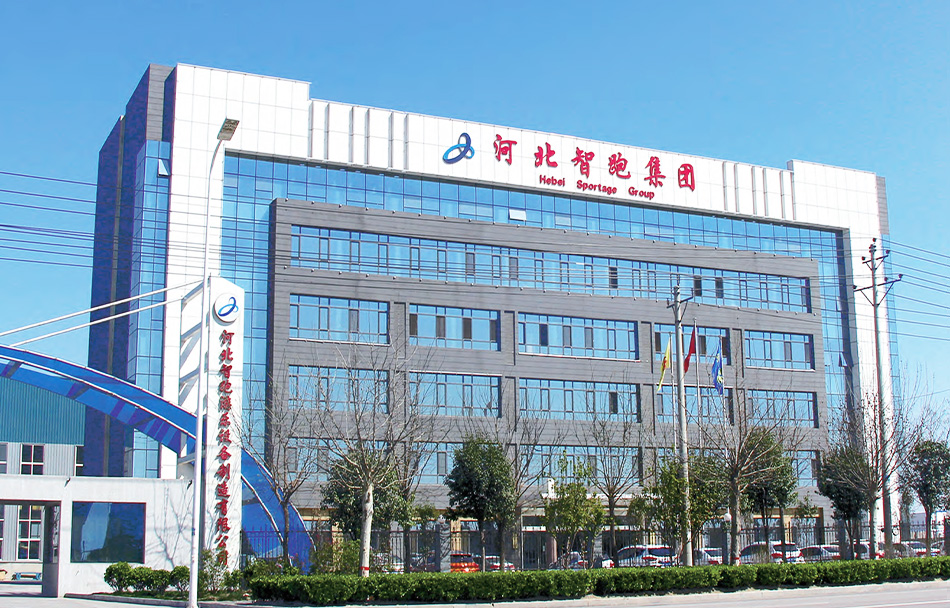- Albanian
- Arabic
- Belarusian
- Bengali
- Czech
- English
- French
- German
- Hebrew
- Hungarian
- Indonesian
- irish
- Italian
- Japanese
- kazakh
- Persian
- Russian
- Thai
- Uzbek
- Vietnamese
roller coaster track
The Thrill of Roller Coaster Tracks
Roller coasters have been a staple of amusement parks for generations, captivating thrill-seekers and families alike. These marvels of engineering not only provide heart-pounding excitement but also highlight the incredible design and technology behind roller coaster tracks. From the moment riders climb aboard to the final exhilarating drop, every element of a roller coaster track plays a crucial role in delivering an unforgettable experience.
At the heart of a roller coaster is its track, which consists of a series of interconnected metal rails designed for trains of cars to navigate. The design of these tracks varies widely, creating different experiences based on their layout, height, and speed. Traditional wooden coasters, for example, are known for their nostalgic charm and smoother ride, while steel coasters can achieve greater heights and speeds, offering elements like inversions and corkscrews that wooden designs cannot.
The track's profile is meticulously engineered to ensure safety and achieve the desired thrill. Several key factors are considered in the design stage. The angles of ascents and descents, the radius of turns, and the height of the drops all contribute to the overall experience. For instance, a steep drop with a sudden plunge creates a moment of weightlessness that many riders crave. Additionally, the banking of turns affects how forces act on riders, allowing for high-speed maneuvers that feel intense yet safe.
roller coaster track

The materials used in constructing roller coaster tracks have evolved significantly over the years
. Early coasters were primarily built of wood, leading to a vintage aesthetic and ride experience. However, with advancements in technology, steel has become the preferred material due to its strength, flexibility, and ability to be molded into various shapes. Steel tracks can accommodate smooth curves and sharp turns, allowing designers to create unique and thrilling ride experiences that wooden tracks simply cannot replicate.Moreover, roller coaster tracks are designed with safety as the top priority. Each ride undergoes rigorous testing before opening to the public, ensuring that all structural components can withstand the forces generated during operation. Engineers use computer simulations to predict how the ride will perform under various conditions, allowing them to make adjustments before construction begins. Additionally, coaster tracks are regularly inspected and maintained to prevent wear and tear, ensuring a safe experience for riders.
The thrill of roller coasters also comes from the psychological aspects of the ride. The anticipation builds as the train ascends to its highest point, where riders often experience a mix of anxiety and excitement. The descent that follows can evoke feelings of freedom and adrenaline rush, making the experience not only exhilarating physically but also emotionally. Each twist and turn of the track amplifies these feelings, creating a memorable journey that keeps riders coming back for more.
In conclusion, roller coaster tracks represent a fascinating blend of art and science, carefully designed to deliver thrills while prioritizing safety. From the roar of a train as it thunderously races down a steep incline to the ecstatic screams of riders experiencing the ride of their lives, roller coasters continue to be a beloved attraction in amusement parks worldwide. As technology advances, so too will the innovation in roller coaster track design, ensuring that the excitement remains ever fresh and new for future generations of thrill-seekers.
-
Flume Ride-Hebei Zhipao Amusement Equipment Manufacturing Co., Ltd.|Thrilling Water Attraction&Customizable DesignJul.30,2025
-
Flume Ride - Hebei Zhipao Amusement Equipment | Water Coaster, Thrilling DescentJul.30,2025
-
Flume Ride - Hebei Zhipao | Thrilling Water AttractionJul.30,2025
-
Flume Ride: Thrilling Water Attraction by Hebei Zhipao|Log Flume Manufacturers&Flume Ride DesignJul.30,2025
-
Flume Ride-Hebei Zhipao Amusement Equipment Manufacturing Co., Ltd.|Thrilling Water Coaster, Safe DesignJul.30,2025
-
Flume Ride-Hebei Zhipao Amusement Equipment Manufacturing Co., Ltd.|Thrilling Water Attraction, Safe DesignJul.30,2025
